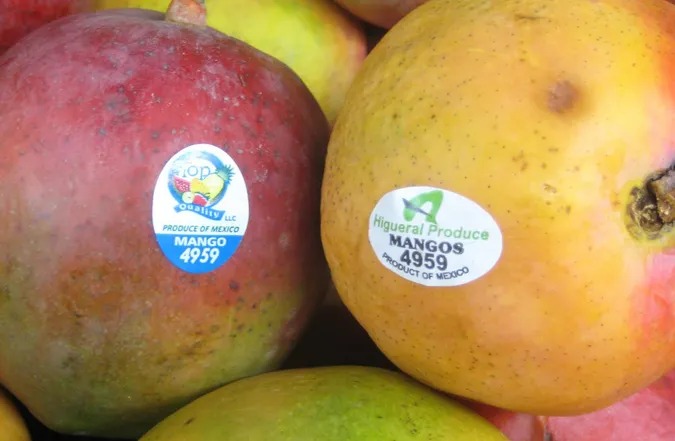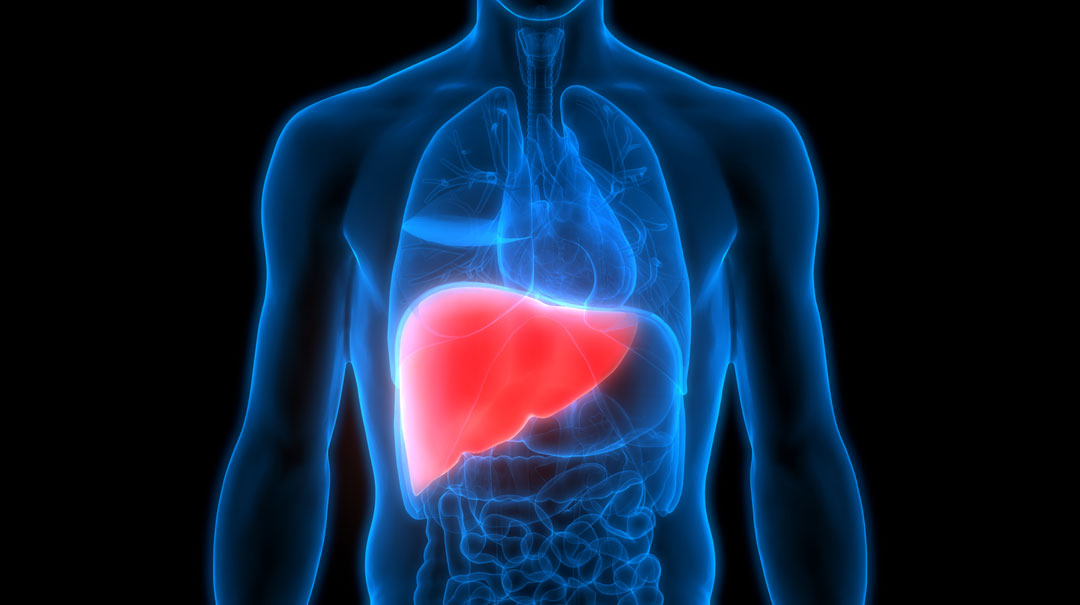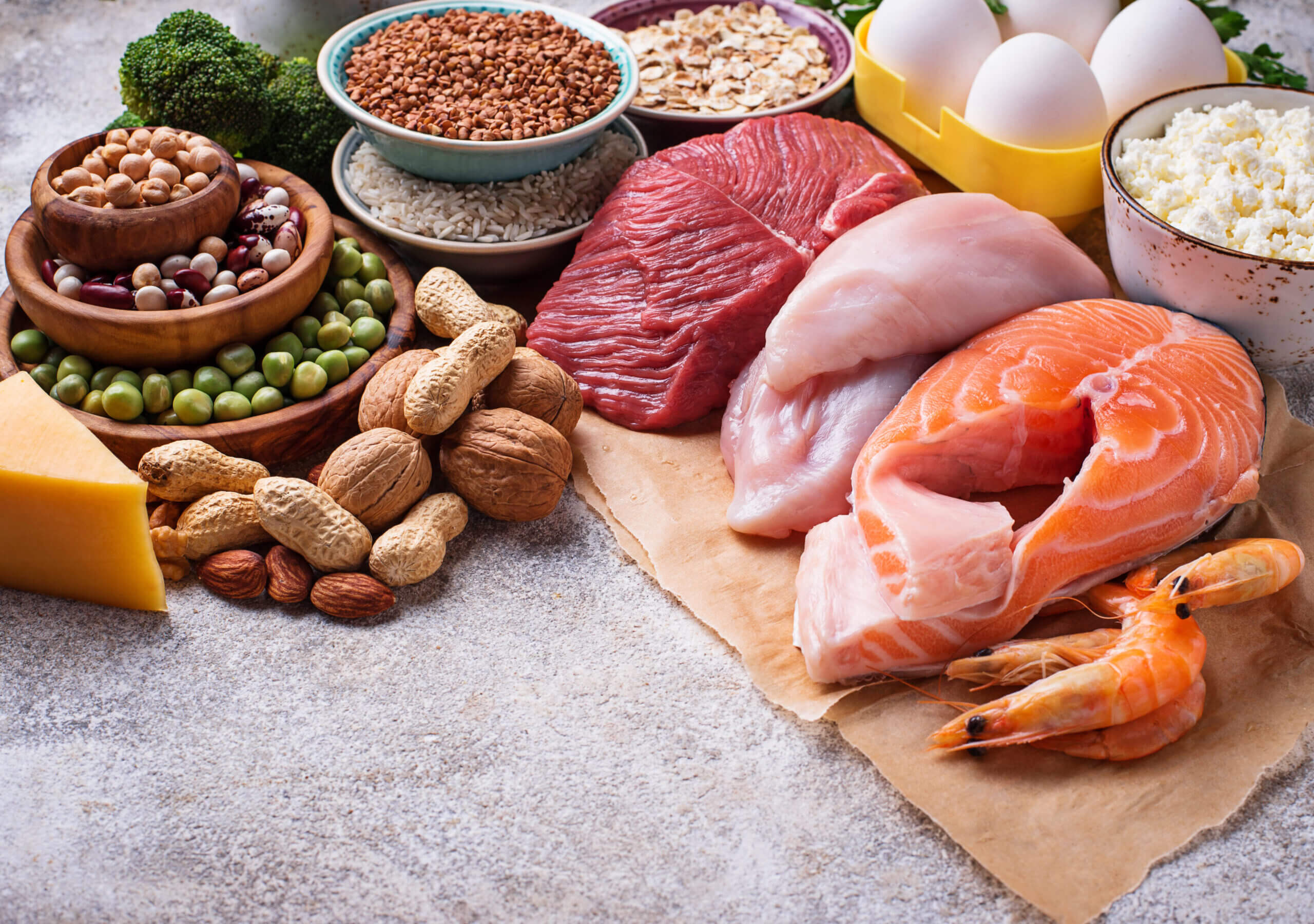What Are the Secrets Behind Food Stickers?
- ByAakriti Garg
- 30 Jan, 2025
- 0 Comments
- 2

Food stickers, those little labels and tags often found on produce, packaged items, and even takeout containers, may seem like mere decorations or information. However, they carry hidden secrets that can reveal crucial details about the food’s origin, freshness, and even sustainability. Understanding the meanings behind food stickers can empower consumers to make informed decisions about what they eat.
One of the most common types of food stickers is the PLU (Price Look-Up) code. This code, often found on fruits and vegetables, provides important information about the item. A four-digit code starting with a 3 or 4 generally indicates conventionally grown produce, while a five-digit code beginning with a 9 signifies organic produce. A code starting with an 8, which once signified genetically modified (GM) products, is less common today due to regulatory changes but may still appear.
In addition to PLU codes, food stickers often display expiration dates or best-before dates, giving consumers a guide to the product’s shelf life. These dates are crucial for ensuring the quality and safety of the food. Understanding how to interpret these dates can help prevent food waste and guarantee that meals are enjoyed at their freshest.
Sustainability-conscious consumers may also look for food stickers that display certifications such as Fair Trade, Non-GMO Project Verified, or Rainforest Alliance. These labels indicate that the food meets certain ethical, environmental, or quality standards, offering consumers a way to support products that align with their values.
Finally, the color and design of food stickers are often carefully chosen by marketers. Bright colors and eye-catching designs can draw attention and influence purchasing decisions, subtly guiding consumers towards certain products.
Food stickers are far more than just labels; they are tools packed with information that help shoppers make better choices, ensuring they consume fresher, more ethical, and healthier food.
Post a comment
Think eating fruits in the morning is healthy? Think again!
- 29 Mar, 2025
- 2
Start your day right: Avoid 5 breakfast foods that harm...
- 16 Apr, 2025
- 3
When is forgetfulness NOT normal? 7 warning signs to know...
- 01 May, 2025
- 2
If your child had COVID, watch for these serious heart...
- 13 Apr, 2025
- 3
Signs Your Body is Struggling to Digest Protein!
- 28 Jan, 2025
- 2
Categories
Recent News
Daily Newsletter
Get all the top stories from Blogs to keep track.

















